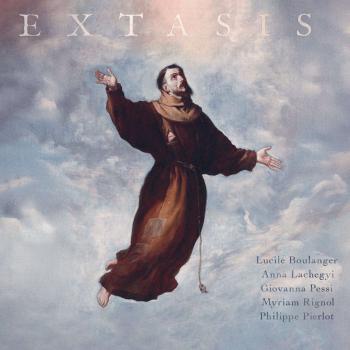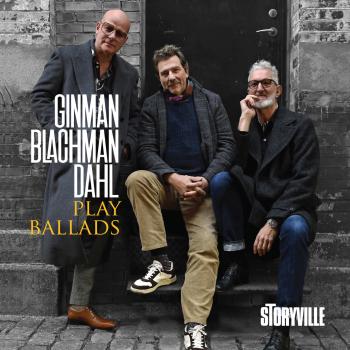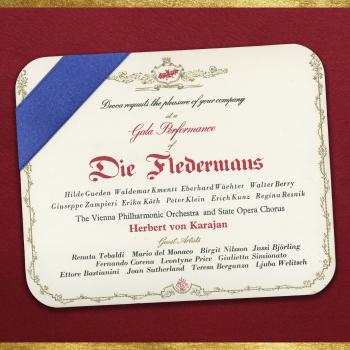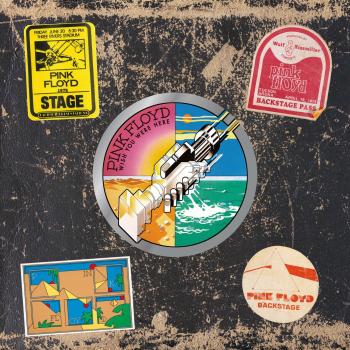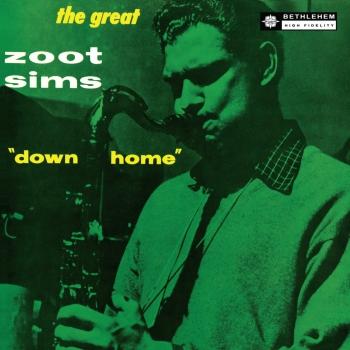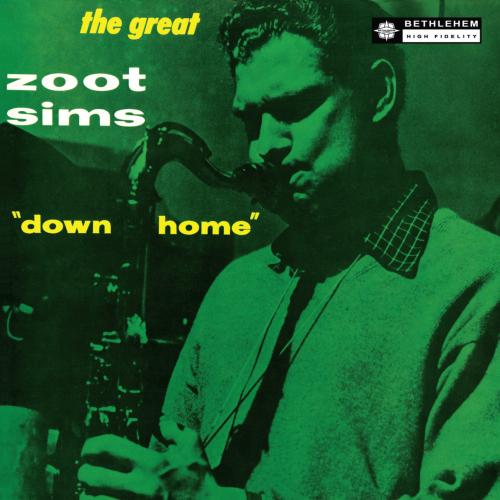
Down Home Zoot Sims
Album Info
Album Veröffentlichung:
1960
HRA-Veröffentlichung:
12.03.2014
Das Album enthält Albumcover Booklet (PDF)
- 1 Jive At Five 05:17
- 2 Doggin' Around 04:37
- 3 Avalon 04:26
- 4 I Cried For You 06:49
- 5 Bill Bailey 05:15
- 6 Goodnight, Sweetheart 04:20
- 7 There'll Be Some Changes Made 05:19
- 8 I've Heard That Blues Before 05:25
Info zu Down Home
Bethlehem Records war eines der größeren Jazz-Label, gegründet in den 50er-Jahren von Gus Wildi mit einer beeindruckenden Liste von Künstlern, darunter die Sänger Nina Simone, Carmen MacRae, Chris Conner & Mel Torme, um nur einige zu nennen; die Arrangeure: Marty Paich, Russ Garcia, Frank Hunter; und unter den Musikern: Dexter Gordon, Roland Kirk, Charles Mingus, Frank Rosolino, Herbie Mann, Stan Levey, Art Blakey, Milt Hinton, Errol Garner, Zoot Sims, Duke Ellington, J.J. Johnson und viele, viele andere. Es war charakteristisch für dieses Label, dass es den Künstlern die schöpferische Kontrolle ihrer Projekte überließ und Alben mit topaktuellem graphischem Design präsentierte. Das Vermächtnis ist eine sehr üppige Diskographie, die voller Frische und Ehrgeiz eine Ära einfing und bewahrte, wahrhaft erstaunliche Musik vorstellte wie den West Coast Cool Jazz, East Coast Bop und verschiedene Vokalisten. Von vielen dieser Künstler entstand ihr erste oder wichtigste Aufnahme bei Bethlehem. Indem es seinen Mitarbeitern und Künstlern zutraute, eigene künstlerische Entscheidungen zu treffen, zu experimentieren und auf diese Weise zu gedeihen, half Bethlehem aktiv mit, eine umfassende und äußerst vielfältige Ära der Jazzmusik zu erschaffen, nicht nur zu dokumentieren.
Dieses Album wurde 1960 aufgenommen, in einem der produktivsten Jahre von Zoot Sims. Diese Aufnahmen sind als Meisterstücke von Sims' mittlerer Periode anerkannt.
Zoot Sims, tenor saxophone
Dave McKenna, piano
George Tucker, bass
Dannie Richmond, drums
Aufnahme: Juni 1960 in New York City von Peter Ind
Produktion: Teddy Charles
Digitally remastered
Zoot Sims
John Haley “Zoot” Sims has been one of the most remarkable tenor saxophonists in jazz over the last thirty years, remarkable for the complete lack of affectation in his music, the resilience of his style, and the uncanny relaxation with which he expresses it. “He is one of the great jazz players of the world,” writes British jazz critic Benny Green.
Zoot, who hails from Inglewood, California (South of Los Angeles, right by the airport), was the youngest of six boys and one girl. His parents, who constantly traveled, were both in vaudeville and were known as Pete & Kate.
Ironically enough, he’s a self-taught genius never having formally studied his chosen instrument. Zoot learned the saxophone by listening to Coleman Hawkins, Roy Eldridge, Chu Berry, Lester Young, Ben Webster, Don Byas. He quit high school in the first year and immediately joined a Los Angeles Band called Ken Baker, later touring with Bobby Sherwood.
Zoot first rose to prominence as part of the saxophone section of the second Woody Herman Herd of the late Forties, the one that upset all conventional ideas of instrumentation by having one alto, three tenors, and a baritone. Sims, in company with Stan Getz (who already had a stellar reputation as an instrumentalist) and Herbie Stewart (who was later replaced by Al Cohn), produced what came to be known as the “Four Brothers” sound, a term to denote the methods of tone production, phrasing, and vibrato control used by a section steeped in the precepts of Lester Young, rather than those of the classical hot players like, say, Coleman Hawkins. Sim’s total involvement with the Woody Herman sax section put him on the map as a leading figure on his instrument.
Earlier Zoot Sims had played with Benny Goodman in 1944 and 1946, with a two-year Army stretch sandwiched in between. After leaving the Goodman Band he joined the Bill Harris Sextet at Cafe Society Uptown in New York, also in 1946.
Ever since the old Woody Herman days, Zoot has maintained a status as a soloist who performs with all manner of small groups, touring Europe and the United States with magnets like Benny Goodman, Gerry Mulligan (the experimental sextet and the staid concert band), and Stan Kenton, this during the Fifties and Sixties. Even in the Seventies he continually roams the world as a leader and sometimes as a sideman, slowly building a reputation as a swinging tenor saxophonist. If at first his reputation seemed to be overshadowed by better-publicized contemporaries, as the years have gone by his status as a committed player of ferocious integrity has loomed steadily larger.
Says Sims of his own work, “What interests me is music that sounds and feels good. If it doesn’t warm my ear, forget it.”
There have been a great many distinguished episodes in his career, probably the best remembered being his series of beautifully balanced duets with Al Cohn in a duo that still functions, and more recently his records with basic small groups.
Although loosely regarded as a modernist, much of his aesthetic has its roots in Lester Young’s pre-bebop style, and close textual examination of an album like Down Home, which is composed entirely of themes venerable enough to be described as Dixieland, confirms this. Sims, as he himself suggests, is a compound sound of Coleman Hawkins, Don Byas, Lester Young, and Ben Webster.
“Sims, it seems to me, is one of the great jazz musicians of his era. His style can only be described as beautiful. He is one of the least cluttered soloists alive, every note being executed in a bold, clear tone, and every phrase being utterly right in its context. Above all, there is the rhythmic exhilaration of his playing,” Benny Green writes in Drums in My Ears.
Zoot Sims is an exemplar of the natural jazz musicians, or—what they used to call in the Twenties—a “playing fool.”
Zoot Sims died March 23, 1985.
Booklet für Down Home


